Marble is a beautiful stone often used in homes or commercial buildings. Marble tile flooring is a great way to add a touch of elegance and style to any room.
However, marble floors require special care to keep them looking beautiful for years to come. Properly cleaning your marble tile floors will ensure the longevity of your floor's beauty.
Marble tile floors are beautiful, but they can also be challenging to maintain. This is because marble is a natural stone, and it can stain easily. But don’t worry! There are many ways you can clean your marble tiles without damaging them.
This post will go over the basics of different marble floor cleaning methods and how to choose the best one for your home or office space.
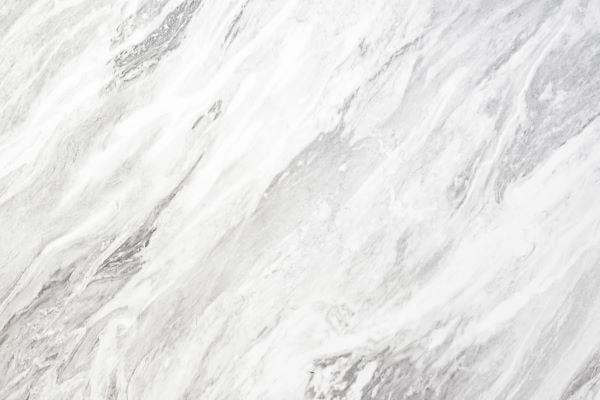
What Are Marble Floors?
Marble is a stone that can be polished to create a sleek, shiny surface. Marbles are often used for flooring because of their durable and attractive qualities. They come in many different colors and patterns, which is why they’re so popular.
Tips On How To Clean Marble Floors
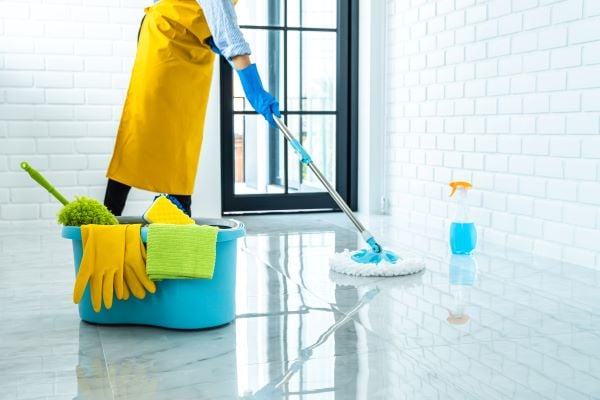
Mopping
First, take out any large debris such as dirt and dust from your floor with a broom. Then, use a damp soft mop, preferably microfiber, that has been dipped into warm water with dishwashing liquid added into it (about 1-2 teaspoons).
Wring out the excess liquid and begin mopping the surface of your floor in a circular motion. Ensure you start from the top of the room, working your way down to minimize streaking.
Tile Polishing
Use commercial marble polishing powder or cream with water on a terry cloth or other clean buffing rag. If using powder, mix it according to package directions before applying it to your surface.
Apply polisher in an almost dry state, with just enough moisture so that the product doesn't cake up into hard balls as you rub it across the surface of your tile. Buff off excess polish by hand with a dry buffing towel after 10 minutes, then shine all surfaces with a cotton cloth wrung out in mineral spirits (paint thinner).
Once floors have dried thoroughly (at least 24 hours), you can seal them with a clear finish to prevent dust from settling in the stone's pores.
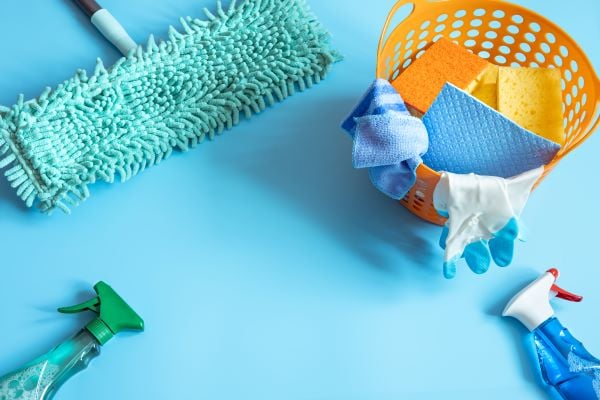
Maintaining
To maintain your marble surfaces, sweep or vacuum daily to remove loose dirt and debris before mopping for routine cleaning. Use an all-purpose cleaner mixed according to package directions on a soft cloth or mop when necessary. Never use bleach when cleaning marble flooring as it will discolor it.
Always rinse thoroughly with clean water after mopping to remove any soap residue that may dry onto the surface of the tiles. Wipe up any spills immediately to prevent staining and buff dry with a clean towel if needed.
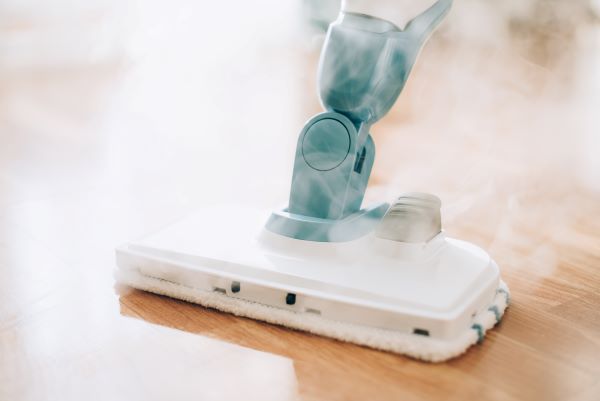
Steam Cleaning
Steaming is a common way to clean marble floors because it’s less abrasive than other methods, and it will not scratch the surface. To do this, you need a steam cleaner that has a mop or attachment for lifting dirt from the floor. You can also use a vacuum with a soft brush attachment.
The first thing to do when you clean marble floors is to fill the water tank with hot water, add one tablespoon of liquid fabric softener, and set the steam level as high as it goes without touching your floor.
Once the machine heats up, start cleaning in an overlapping pattern, moving towards the center of the room. Once you've covered most of the floor, lift off the dirty water and refill with new hot water and rinse.

Basic Cleaning Tips
When it comes to marble floor cleaning, the first thing you need to do is sweep the floor. If required, you should also vacuum and use a rag or paper towel to wipe up any spills.
You can then use an all-purpose cleaner with a neutral pH for general cleaning, but it is usually not enough for tough stains. Use an all-purpose cleaner mixed with water and baking soda if you need to scrub.
If you have any stains that can’t be removed with cleaning products, try using concentrated hydrogen peroxide. Mix it half and half with warm water, then apply it to the affected area with a soft sponge or rag. Be sure not to use this on polished marble floors.
Marble Floor Tips
These tips are for when you want to polish and seal your marble tile flooring:
- Vacuum the area thoroughly, removing any dust and debris.
- Using a soft cloth or paper towel, wipe up spills right away to prevent staining.
- Use an all-purpose cleaner mixed with water and baking soda in a spray bottle (be sure it is safe for natural stone).
- If needed, you can also use concentrated hydrogen peroxide. Mix it half and half with warm water, then apply it to the affected area with a soft sponge or rag.
The maintenance of a marble surface can vary. Some people choose to polish and use a marble sealer, while others prefer to leave their marble as is.
One thing that no one disagrees with is that you should vacuum your marble floor regularly. This will help keep the dirt and dust from accumulating, leading to stains.
Tile Floor Tips
Marble is a highly durable stone, but that doesn’t mean it can’t be damaged. Marble is a softer stone, so you need to take extra care when cleaning it.
When cleaning beautiful marble floors and marble countertops, the biggest mistake you can make is to use too much water. If the floor becomes too saturated, the minerals in the marble can start to dissolve, creating white spots or etching on the tile.
The most popular cleaning methods are dry-cleaning with a dust mop and mopping with water. There are also specialty products made for marble flooring that help protect your floors from stains and damage while they clean them.
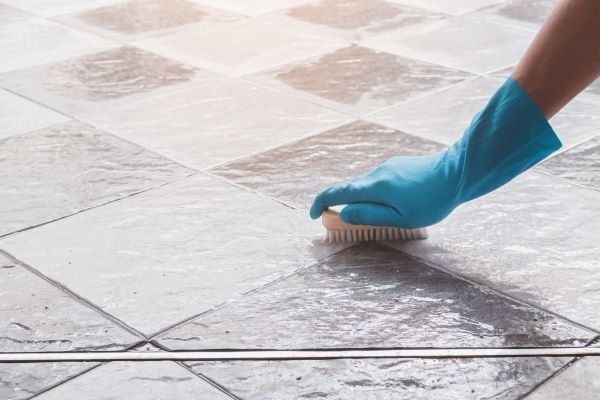
Grout Tips
One of the most important ways to keep your marble tile floors clean is by keeping the grout between the tiles clean. This can be done in two ways: you can use a toothbrush or get a grout brush. You’ll want to scrub the grout vigorously and then rinse it with water.
If you're interested in how to deep clean your marble tile floor, we suggest using hydrogen peroxide as it will work wonders on dirt and stains. Pour some hydrogen peroxide on a paper towel or rag and rub it into any stains or dirt. Let it sit for up to 20 minutes before wiping away with a cloth.
.jpg?width=600&name=grouting-ceramic-tiles-tilers-filling-space-tiles-using-rubber-trowel%20(1).jpg)
Sealing Your Marble Floor
One of the most effective ways to clean and maintain your marble floor is sealing it.
This process involves applying a sealant to the surface of the marble, which will help protect against stains and make future cleaning much easier. The most popular type of sealant for marble floors is a penetrating sealer.
These penetrate deep into the stone and create a protective layer that will help prevent rust stains from seeping in.
The downside is that you have to wait for a few days or weeks before you can walk on it with shoes, so it's essential to allow for ample time for this step if you want to avoid damaging your expensive flooring.
Some other types of marble floor solutions are:
- Diluted bleach solution (1 part bleach, 2 parts water) which should be used only on areas where mildew has formed;
- Vinegar solution (1 part vinegar, 1 part water), which also works as an effective mold-fighting agent; and
- Dry powder formulas, which can be applied with a soft dry cloth to scrub away dirt and grime. These aren't recommended for all-natural stones due to abrasive effects.
How To Choose The Best Cleaning Method For Your Marble Floors
Many cleaning methods can be used on marble floors, but each has pros and cons. So which one is best for your home or office? We recommend using the following three methods to see what is best for you:
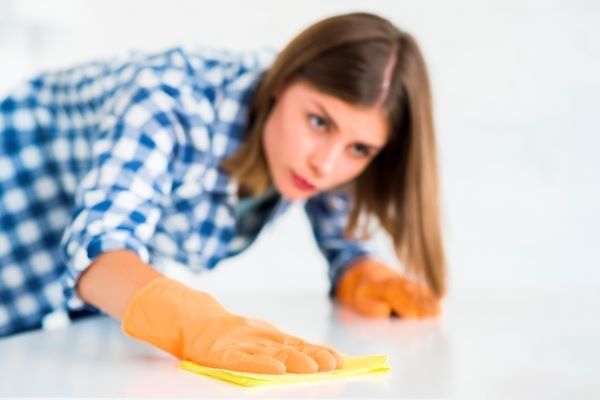
These are great if you have ample space to clean. They also work on other surfaces like countertops and stainless steel appliances. They’re not recommended for marble floors, though, because the wipes themselves may contain chemicals that could damage the marble.
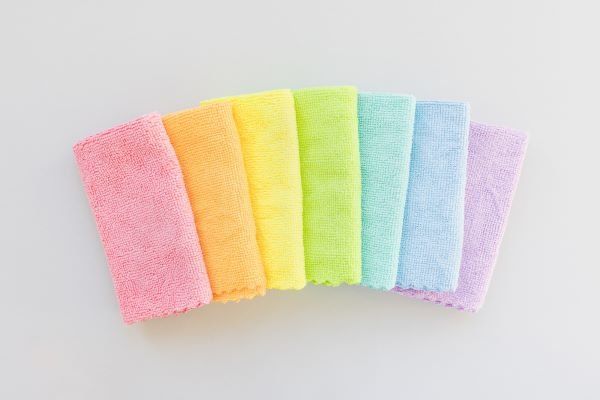
These are great because they’re reusable and effective at picking up dirt and grease, but you have to be careful about which cleaning solution you use on them since some can kill the fabric. If you use a solution, make sure it's diluted to avoid damaging the marble.
Damp cloths are better for smaller jobs since they don’t require too much effort to clean up. A damp cloth can help remove stains and spots if they aren’t left to sit for too long.
Many cleaners recommend using wax on your marble floors, but note that wax can act as a barrier between the floor and the sealant you already applied, which will eventually wear away. It also creates an uneven surface that can cause more staining and can cause grime to get caught in the crevices.
Conclusion
So, there you have it! Now that you’re a marble flooring pro, it’s up to you which method you choose to use. Just make sure that when you do use a cleaning solution, test it out in a small area first and take your time to see how well it works.







.jpg?width=600&name=grouting-ceramic-tiles-tilers-filling-space-tiles-using-rubber-trowel%20(1).jpg)


8 comments